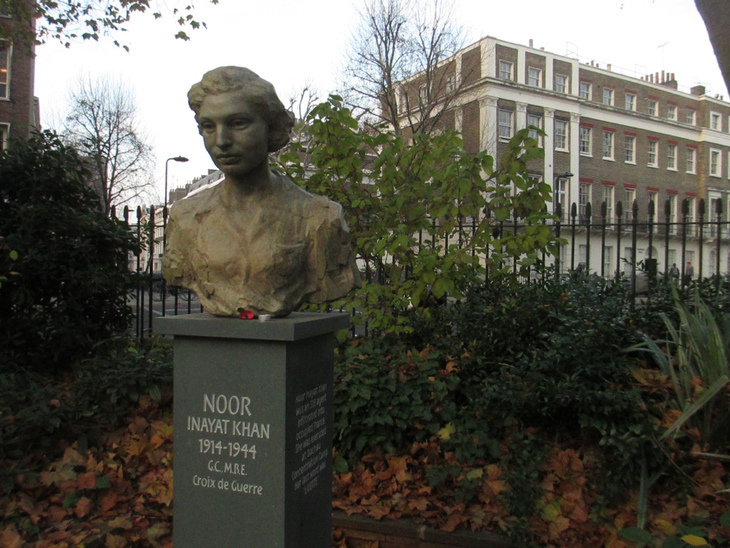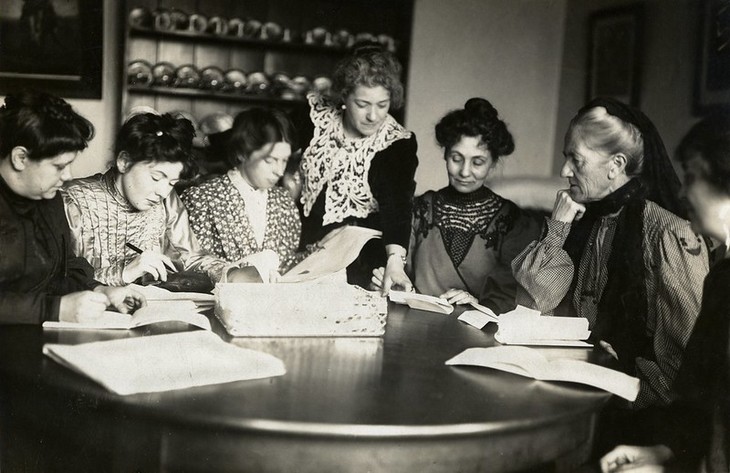Over the last few years, there's rightly been much grumbling about the woeful lack of diversity when it comes to London's blue plaques. At the time of writing, only 14% of the capital's 950 blue plaques honour women — so English Heritage's revelation that half a dozen new plaques will celebrate women is a welcome, if overdue, step in the right direction.
From spies to suffragists, here are the six individuals and female-focussed organisations that the Blue Plaque panel is honouring next.
Christine Granville

Born Krystyna Skarbek in Poland, 1908, Christine Granville became one of the most daring secret agents of the second world war. As Britain's longest-serving female agent, Granville undertook many successful missions in Nazi-occupied Europe — including securing the release of two special operations executives hours before they were due to be executed, and escaping Poland with evidence of Nazi plans on skis. The plaque will hang at the west London hotel where she spent the last three years of her life.
Helen Gwynne-Vaughan

Westminster-born Helen Gwynne-Vaughan was a prominent botanist and mycologist. She also became one of the most prominent figures in the first women’s corps of the British Military during the first world war — and served once again in the second world war as Chief Controller of the Auxiliary Territorial Service. Her plaque, which was unveiled on 4 March, stands at Bedford Avenue in Bloomsbury, her home of nearly half a century.
Barbara Hepworth

You can find several examples of Barbara Hepworth's incredible art around London, and now the ground-breaking sculptor is getting her own blue plaque — or rather, she's sharing one with her former husband and fellow sculptor, John Skeaping. The plaque will mark the north London address shared by the couple, where Hepworth created some of her earliest works, and held her first ever exhibition.
Noor Inayat Khan

Noor Inayat Khan experienced renewed fame earlier this year, when she was portrayed by Aurora Marion in an episode of Doctor Who (she also has her own statue, tucked away in Bloomsbury). But Khan's life-story is just as thrilling without the aliens: she was hailed Britain's first Muslim war heroine for her service in the Special Operations Executive during the second world war, and was the first female radio operator sent into Nazi-occupied France. Khan tragically lost her life at the hands of the Gestapo in 1944 but her legacy lives on — and will soon be amplified by a blue plaque that will hang outside her former family home.
National Union of Women's Suffrage Societies

As well as celebrating individuals, two of the new plaques commemorate women's efforts to politically organise. The first is dedicated to the National Union of Women's Suffrage Societies (NUWSS), which was the largest ever women's suffrage campaigning organisation. The plaque will hang at the NUWSS' former headquarters in Westminster.
Women's Social and Political Union

The Women's Social & Political Union (WSPU) used direct action — including hunger strikes, vandalism, and arson — to propel the women's suffrage movement into the spotlight. The women-only union was subject to frequent police raids, and the plaque will stand at the WSPU's only surviving headquarters in Holborn.
While dozens more blue plaques dedicated to women would be needed in order to achieve some semblance of gender balance, it's heartening to hear to that, for the first time ever, the English Heritage blue plaques panel is shortlisting more women than men.
You can find out put forward your own nomination — male or female — here.



